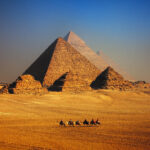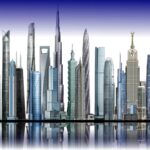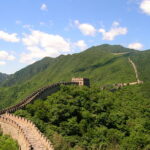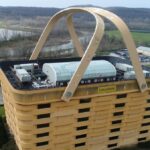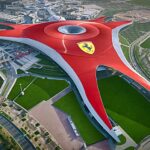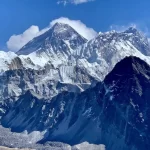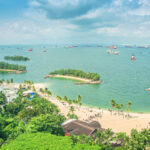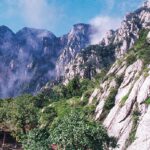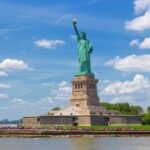
South Korea, officially the Republic of Korea (ROK), is a country in East Asia, constituting the southern part of the Korean Peninsula and sharing a land border with North Korea. Its western border is formed by the Yellow Sea, while its eastern border is defined by the Sea of Japan. South Korea claims to be the sole legitimate government of the entire peninsula and adjacent islands. It has a population of 51 million, of which roughly half live in the Seoul Capital Area, the fifth largest metropolis in the world. Other major cities include Incheon, Busan, and Daegu. (Source from Wikipedia)

/aerial-shot-of-seoul-city-skyline-and-n-seoul-tower-with-traffic-bridge--south-korea-994822976-4dd33503270b4a499ee80af5c43e96a4.jpg)
1. Seoul: The Dazzling Capital City
Seoul officially the Seoul Special City, is the capital[8] and largest metropolis of South Korea. Seoul has a population of 9.7 million people, and forms the heart of the Seoul Capital Area with the surrounding Incheon metropolis and Gyeonggi province. Considered to be a global city and rated as an Alpha – City by Globalization and World Cities Research Network (GaWC), Seoul was the world's 4th largest metropolitan economy in 2014 after Tokyo, New York City and Los Angeles. International visitors generally reach Seoul via AREX from Incheon International Airport, notable for having been rated the best airport for nine consecutive years (2005–2013) by Airports Council International. In 2015, it was rated Asia's most livable city with the second highest quality of life globally by Arcadis, with the GDP per capita (PPP) in Seoul being around $40,000. In 2017, the cost of living in Seoul was ranked the 6th highest globally. In 2020, Seoul's real estate market was ranked 3rd in the world for the price of apartments in the downtown center. Seoul was one of the host cities for the official tournament of the 2002 FIFA World Cup, which was co-hosted by South Korea and Japan.
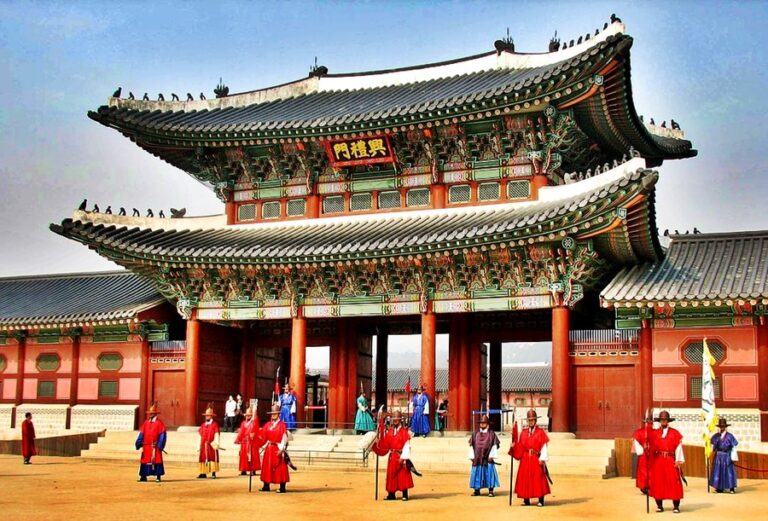

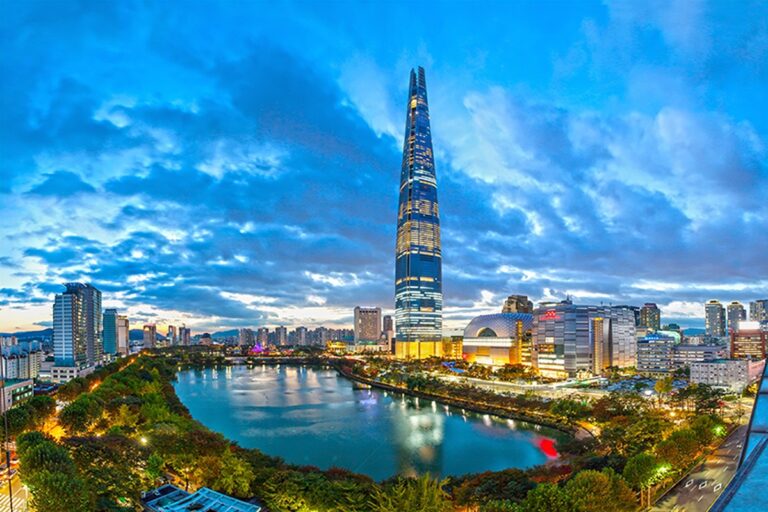
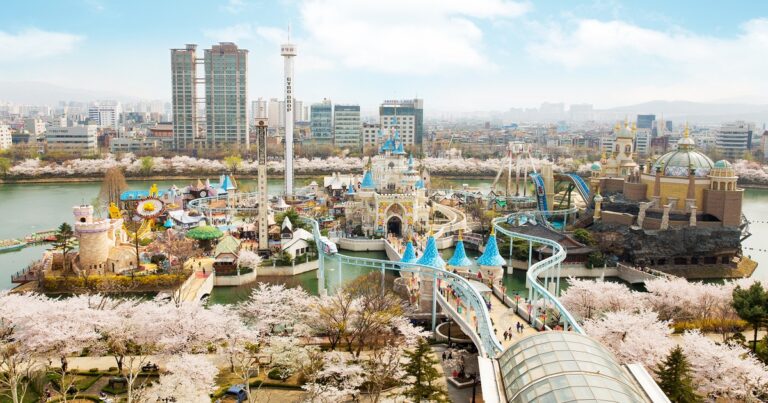
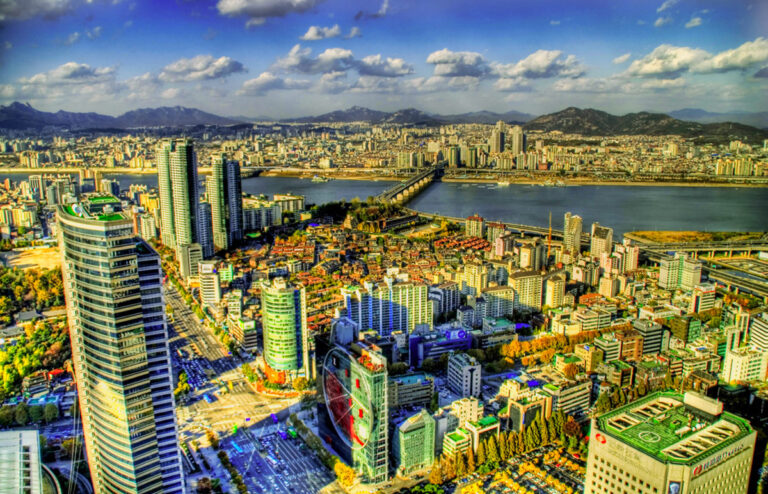
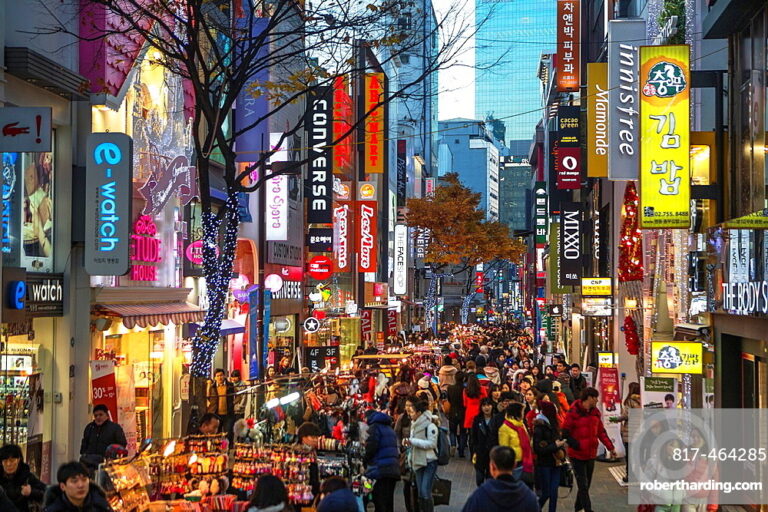

2. Jeju Island: A Stunning Island
Jeju Island 濟州島 is South Korea's largest island, covering an area of 1,833.2 km2 (707.8 sq mi), which is 1.83 percent of the total area of the country. It is also the most populous island in South Korea; in 2020, the resident registration population is about 670,000. The island is its own province (Jeju Special Self-Governing Province). At the end of September 2020, the total resident registration population of Jeju Special Self-Governing Province is 672,948, of which 4,000 reside on offlying islands such as Chuja Islands and Udo Island. The island lies in the Korea Strait, below the Korean Peninsula, south of the South Jeolla Province. Jeju is the only self-governing province in South Korea, meaning that the province is run by local inhabitants instead of politicians from the mainland. Jeju Island has an oval shape of 73 km (45 mi) east–west and 31 km (19 mi) north–south, with a gentle slope around Mt. Halla in the center. The length of the main road is 181 km (112 mi) and the coastline is 258 km (160 mi). The northern end of Jeju Island is Kimnyeong Beach, the southern end is Songak Mountain, the western end is Suwolbong, and the eastern end is Seongsan Ilchulbong.
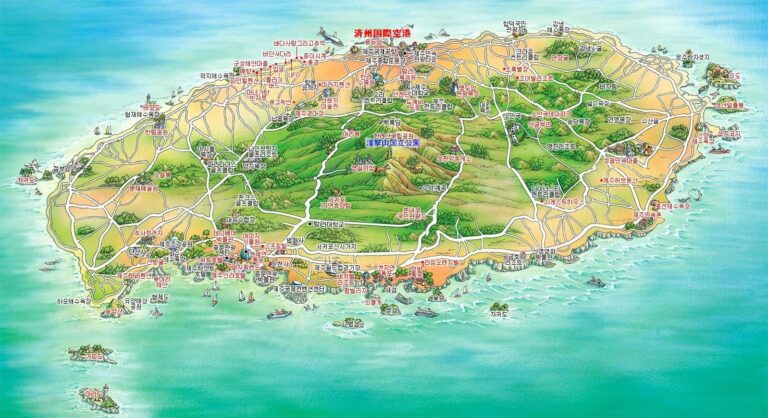

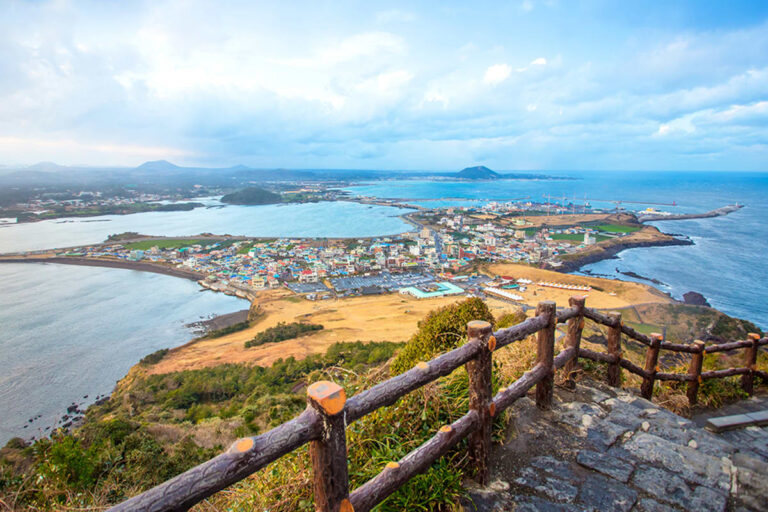
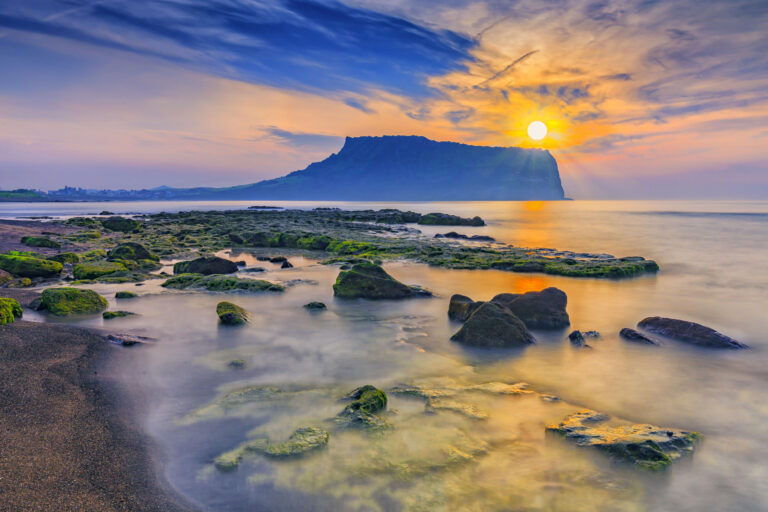

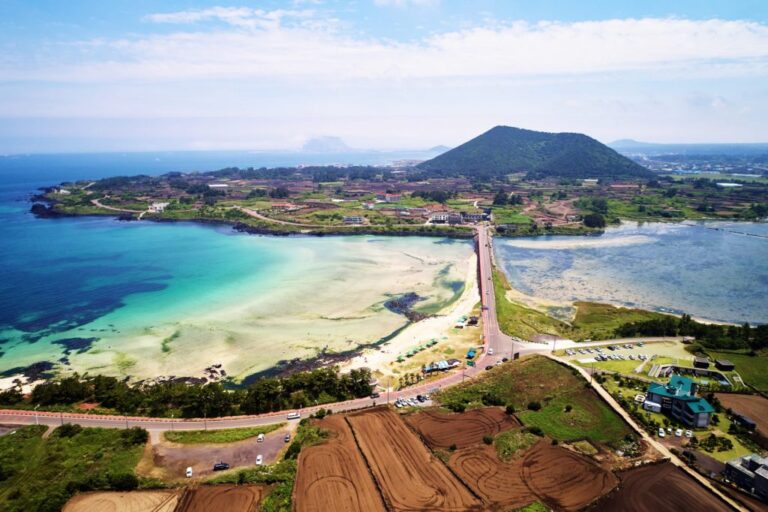

3. The Korean Demilitarized Zone (DMZ): Engage With Modern History
The Korean Demilitarized Zone (한반도 비무장 지대 / 韓半島非武裝地帶; Hanbando Bimujang Jidae) is a strip of land running across the Korean Peninsula near the 38th parallel north. The demilitarized zone (DMZ) is a border barrier that divides the peninsula roughly in half. It was established to serve as a buffer zone between the countries of North Korea and South Korea under the provisions of the Korean Armistice Agreement in 1953, an agreement between North Korea, China, and the United Nations Command. The DMZ is 250 kilometers (160 mi) long and about 4 kilometers (2.5 mi) wide. There have been various incidents in and around the DMZ, with military and civilian casualties on both sides. Within the DMZ is a meeting point between the two nations, where negotiations take place: the small Joint Security Area (JSA) near the western end of the zone.
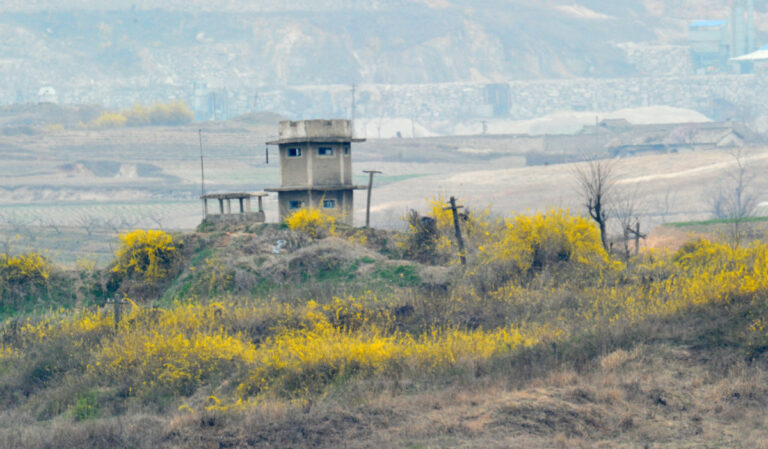
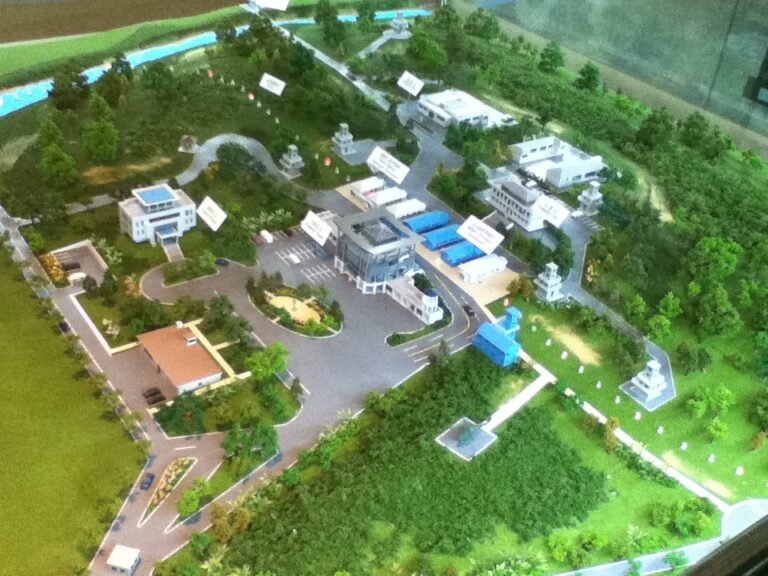
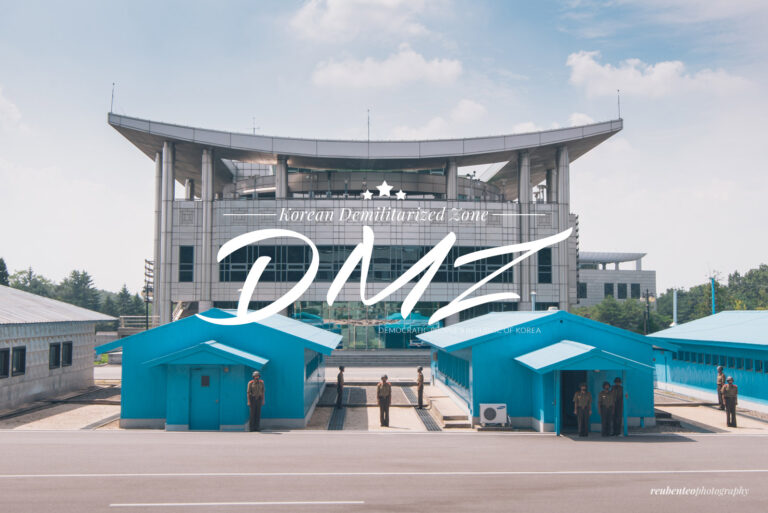


4. Busan: Something For Everyone
Busan (Korean pronunciation is South Korea's second-most populous city after Seoul, with a population of over 3.4 million inhabitants. Formerly romanized as Pusan, it is the economic, cultural and educational center of southeastern South Korea, with its port—Korea's busiest and the sixth-busiest in the world. The surrounding "Southeast Economic Zone" (including Ulsan and South Gyeongsang) is South Korea's largest industrial area. Busan is divided into 15 major administrative districts and a single county, together housing a population of approximately 3.6 million. The full metropolitan area, the Southeastern Maritime Industrial Region, has a population of approximately 8 million. The most densely built-up areas of the city are situated in a number of narrow valleys between the Nakdong and the Suyeong Rivers, with mountains separating most of the districts. The Nakdong is Korea's longest river and Busan's Haeundae Beach is also the country's largest.

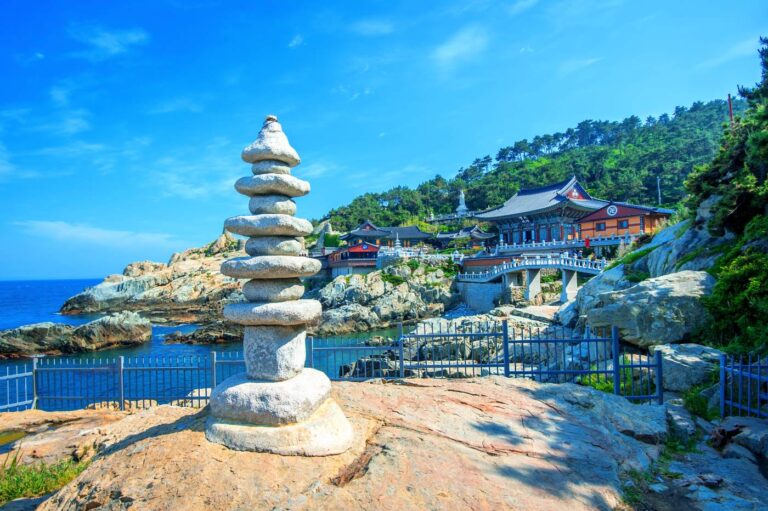
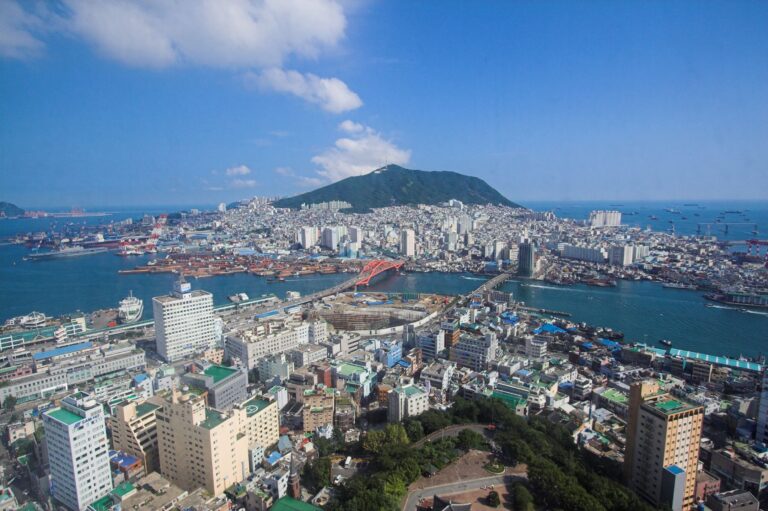
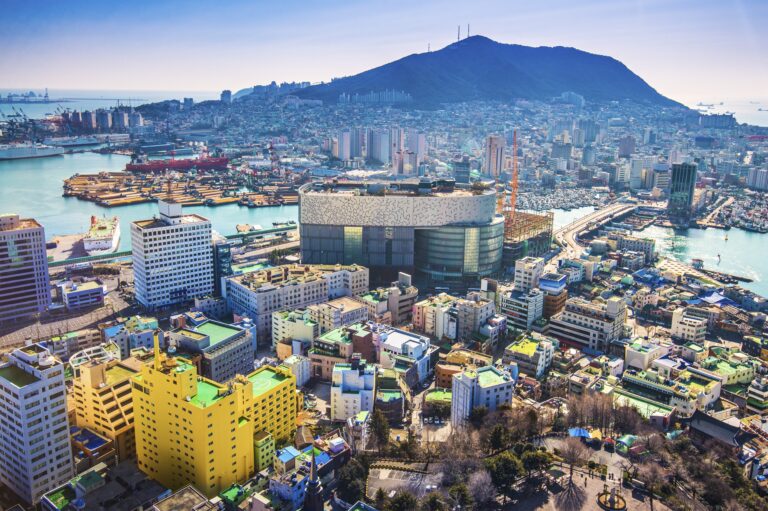
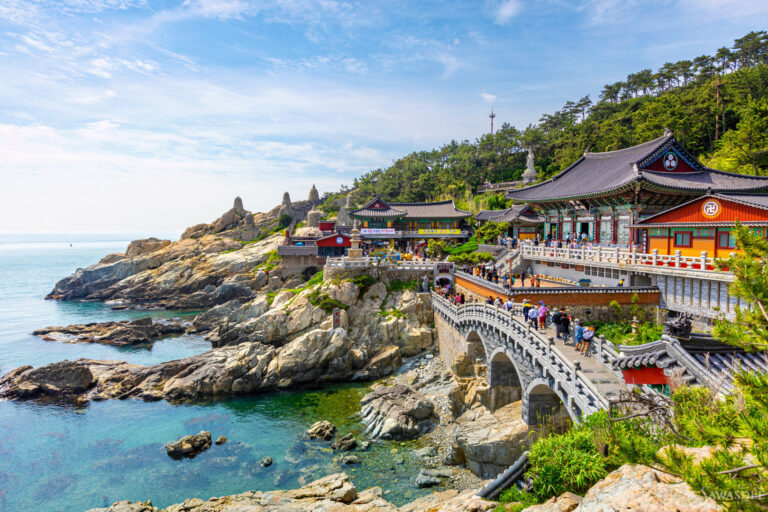
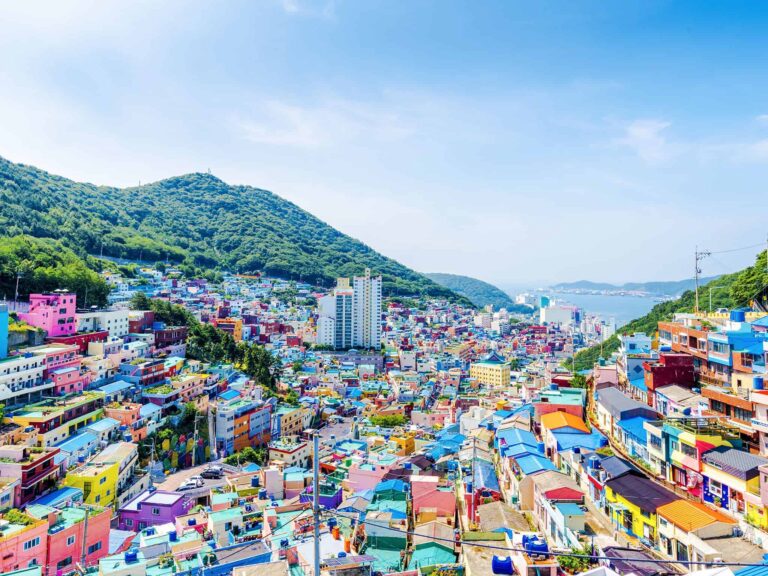

5. Gyeongju: A Treasure Trove Of Cultural Sites
Gyeongju, historically known as Seorabeol, is a coastal city in the far southeastern corner of North Gyeongsang Province in South Korea. It is the second largest city by area in the province after Andong, covering 1,324 km2 (511 sq mi) with a population of 264,091 people (as of December 2012.) Gyeongju is 370 km (230 mi) southeast of Seoul, and 55 km (34 mi) east of Daegu. The city borders Cheongdo and Yeongcheon to the west, Ulsan to the south and Pohang to the north, while to the east lies the coast of the Sea of Japan. Numerous low mountains—outliers of the Taebaek range—are scattered around the city. Gyeongju was the capital of the ancient kingdom of Silla (57 BC – 935 AD), which ruled about two-thirds of the Korean Peninsula at its height between the 7th and 9th centuries, for close to one thousand years. Later Silla was a prosperous and wealthy country, and its metropolitan capital of Gyeongju[9] was the fourth largest city in the world. A vast number of archaeological sites and cultural properties from this period remain in the city. Gyeongju is often referred to as "the museum without walls". Among such historical treasures, Seokguram grotto, Bulguksa temple, Gyeongju Historic Areas and Yangdong Folk Village are designated as World Heritage Sites by UNESCO. The many major historical sites have helped Gyeongju become one of the most popular tourist destinations in South Korea.
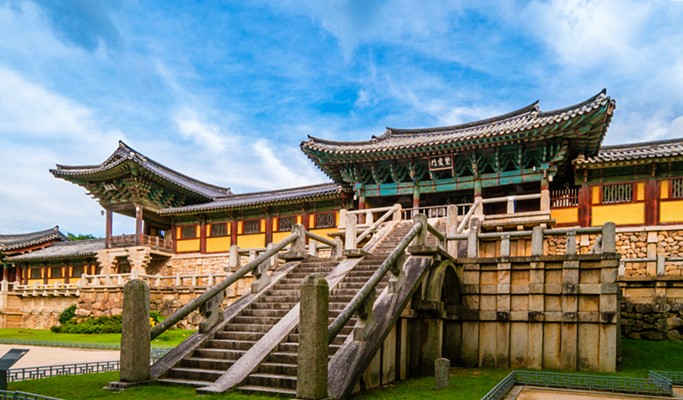
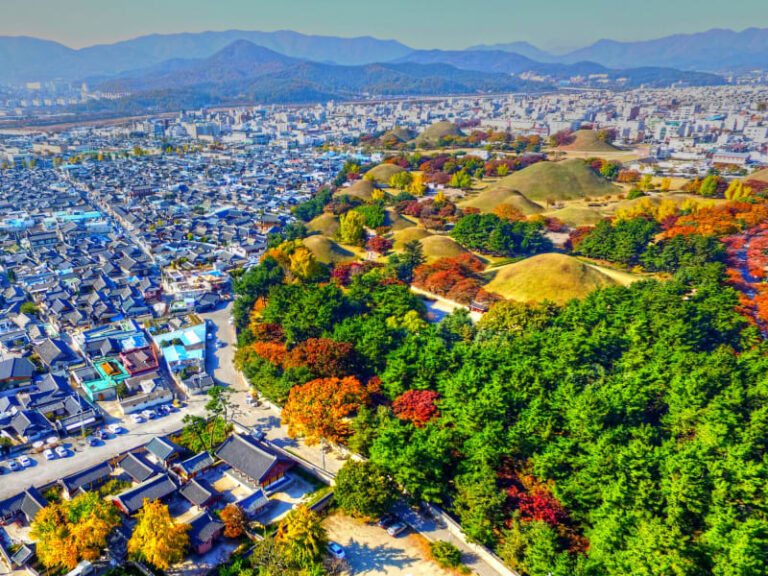
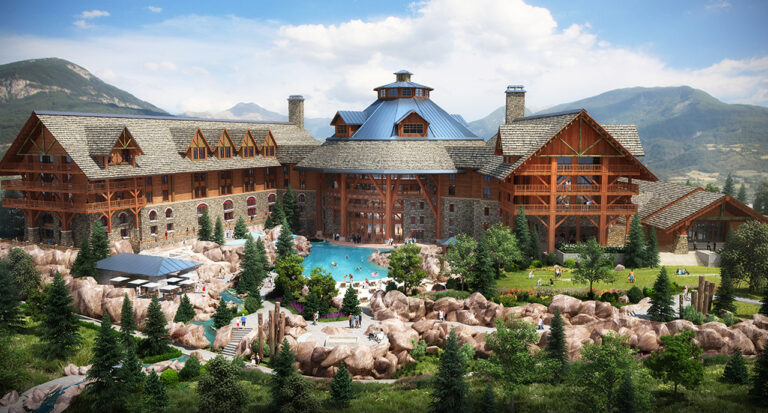
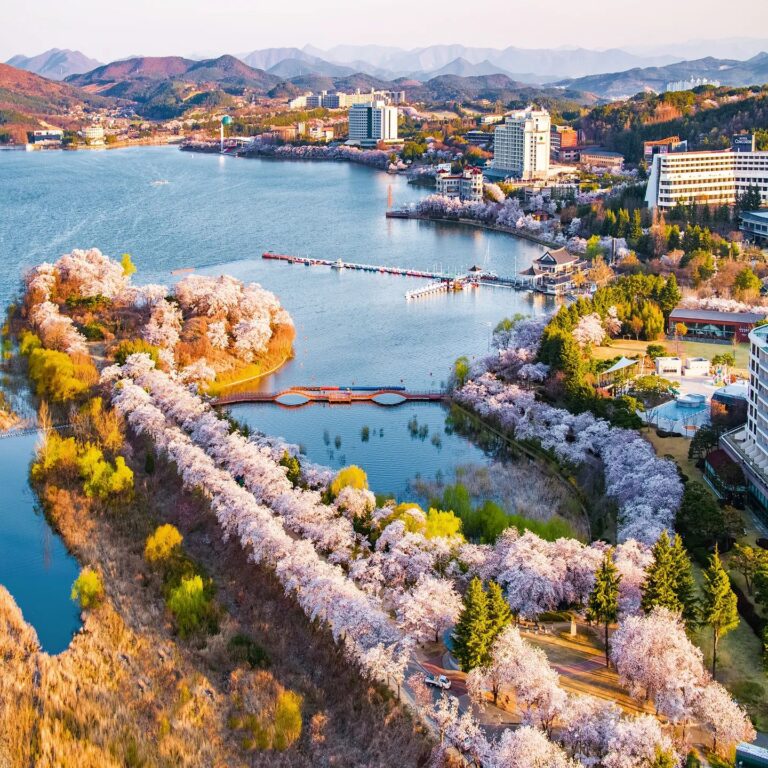
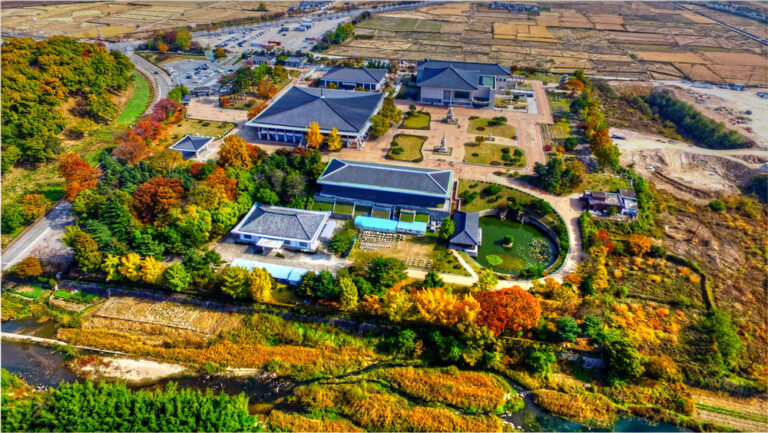

6. Dadohaehaesang National Park: The Largest National Park In Korea
Dadohaehaesang National Park (Korean: 다도해해상국립공원; Hanja: 多島海海上國立公園) was designated in 1981 as the largest national park in South Korea. The total area is 2,321.5 km2 (896.3 sq mi) with 1,986.6 km2 (767.0 sq mi) being marine area and 334.8 km2 (129.3 sq mi) being land area. Main attractions of Dadohaehaesang National Park are Hongdo, Heuksando and Baekdo. In terms of biodiversity, 1,541 plant species, more than 11 mammal species including even orca or killer whales, 147 bird species, 885 insect species, 13 amphibious reptile species, 154 ocean water fish species, and 11 freshwater fish species have inhabited in this area.
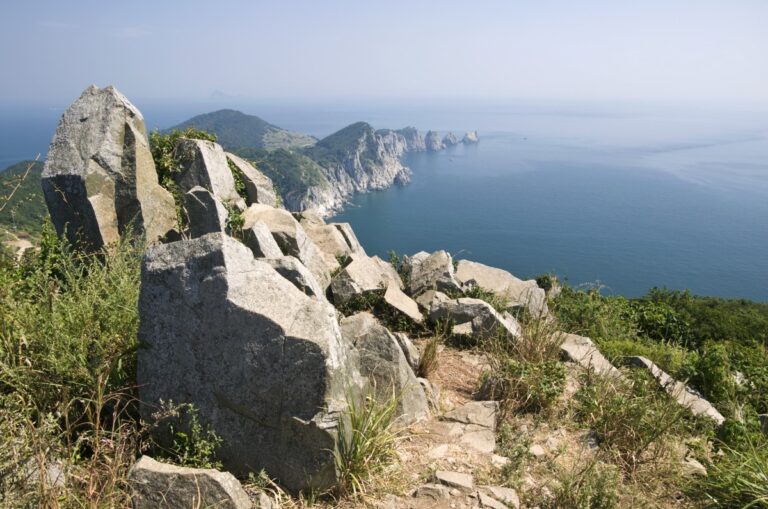
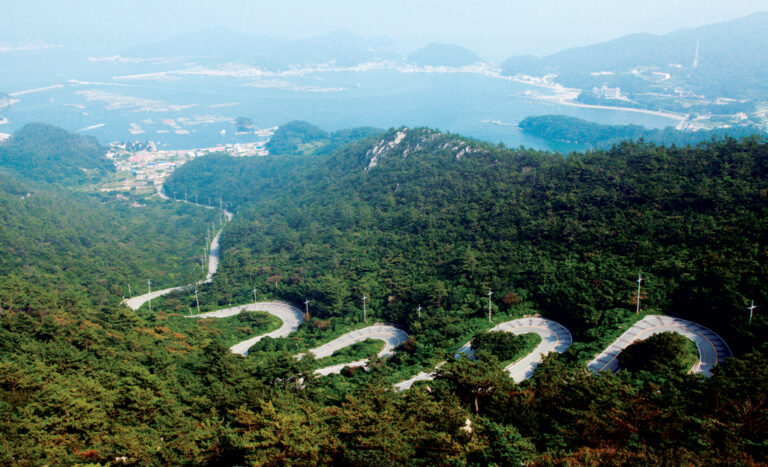
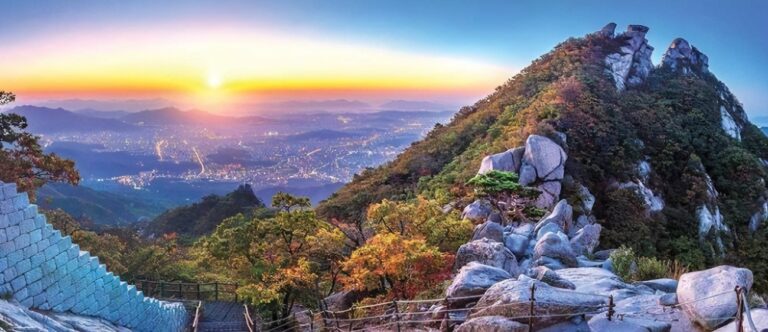
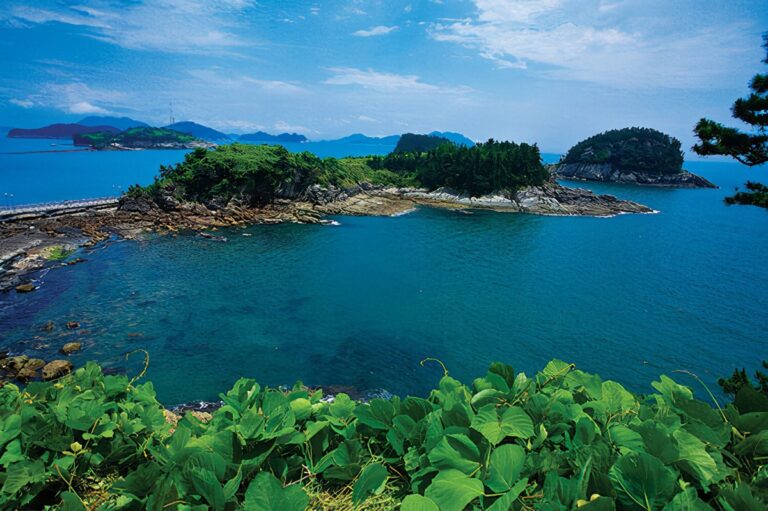

7. Pyeongchang County: Paradise For Hikers
Pyeongchang is a county in the province of Gangwon-do, South Korea, located in the Taebaek Mountains region. It is home to several Buddhist temples, including Woljeongsa. It is about 180 km (110 mi) east southeast of Seoul, the capital of South Korea, and connected by expressways and high-speed passenger railways. Pyeongchang's slogan, "Happy 700 Pyeongchang", is taken from its average elevation of approximately 700 metres (2,300 ft). Pyeongchang hosted the 2018 Winter Olympics and the 2018 Winter Paralympics. It was officially rebranded as "PyeongChang" (with a capital 'C') for the purposes of the 2018 Games, in order to avoid confusion with Pyongyang in North Korea.
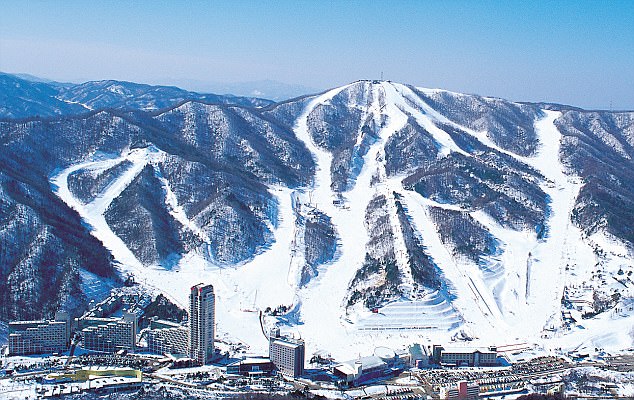
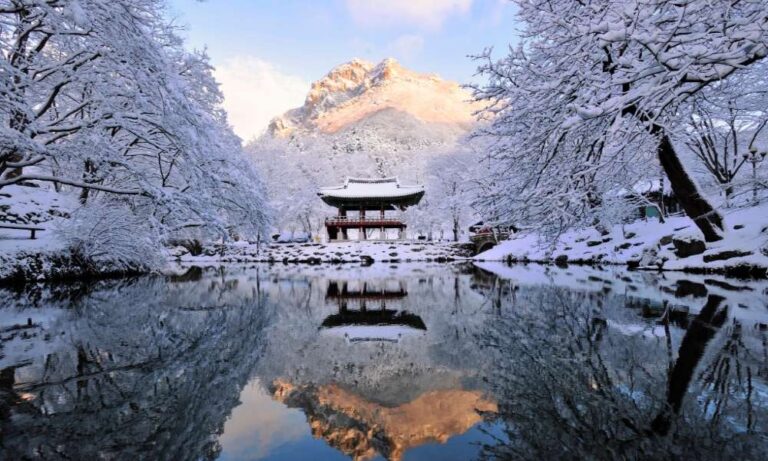
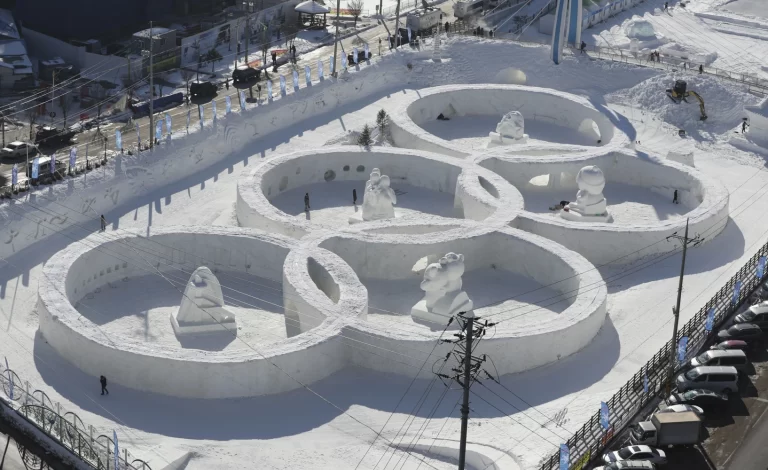
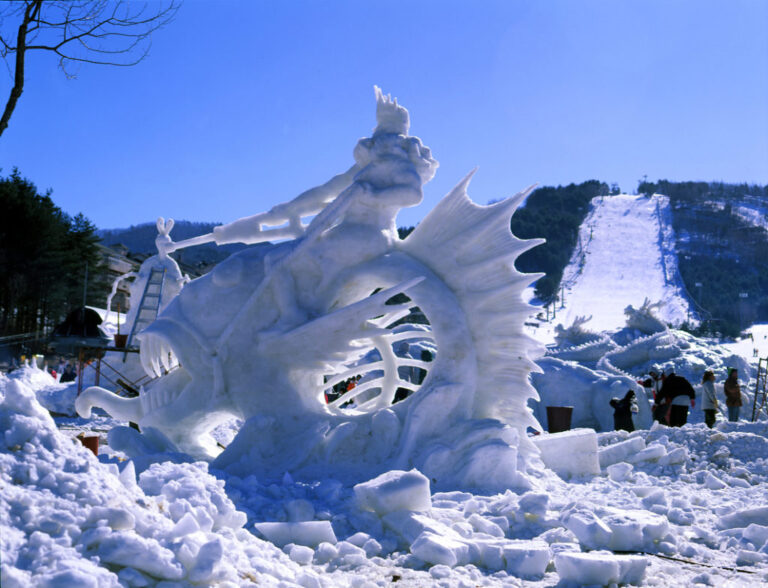

8. Suwon: Home To A UNESCO World Heritage Site
Suwon[a] (Korean: 수원; Hanja: 水原, Korean pronunciation: [sʰu.wʌn]) is the capital and largest city of Gyeonggi-do, South Korea's most populous province which surrounds Seoul, the national capital. Suwon lies about 30 km (19 mi) south of Seoul. It is traditionally known as "The City of Filial Piety". With a population close to 1.3 million, it is larger than Ulsan, although it is not governed as a metropolitan city. Suwon has existed in various forms throughout Korea's history, growing from a small settlement to become a major industrial and cultural center. It is the only remaining completely walled city in South Korea. The city walls are one of the more popular tourist destinations in Gyeonggi Province. Samsung Electronics R&D center and headquarters are in Suwon. The city is served by three motorways, the national railway network, and the Seoul Metropolitan Subway. Suwon is a major educational center, home to eleven universities.
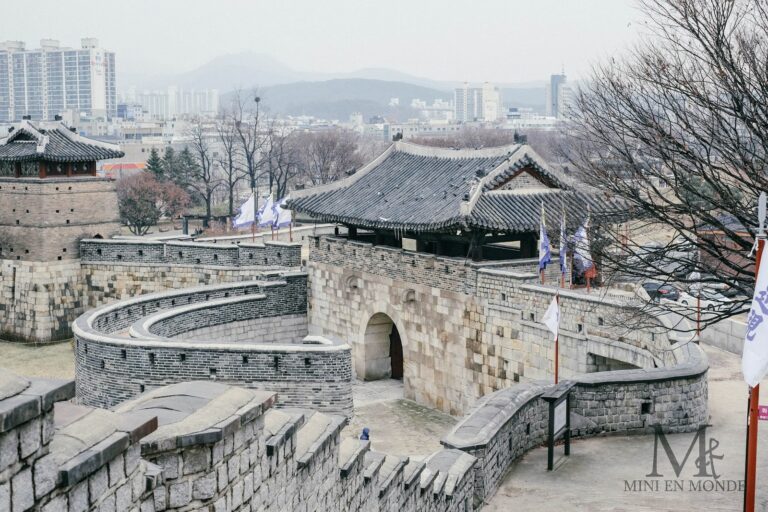
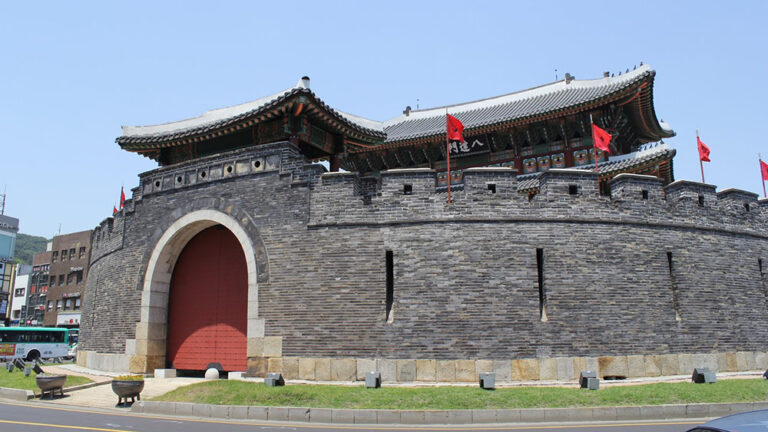
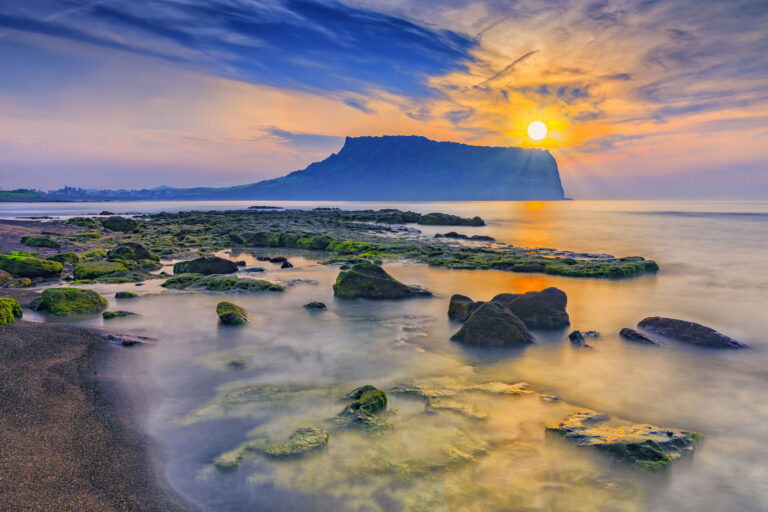
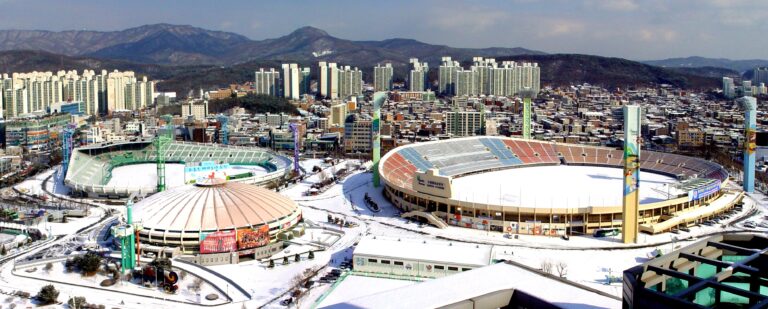
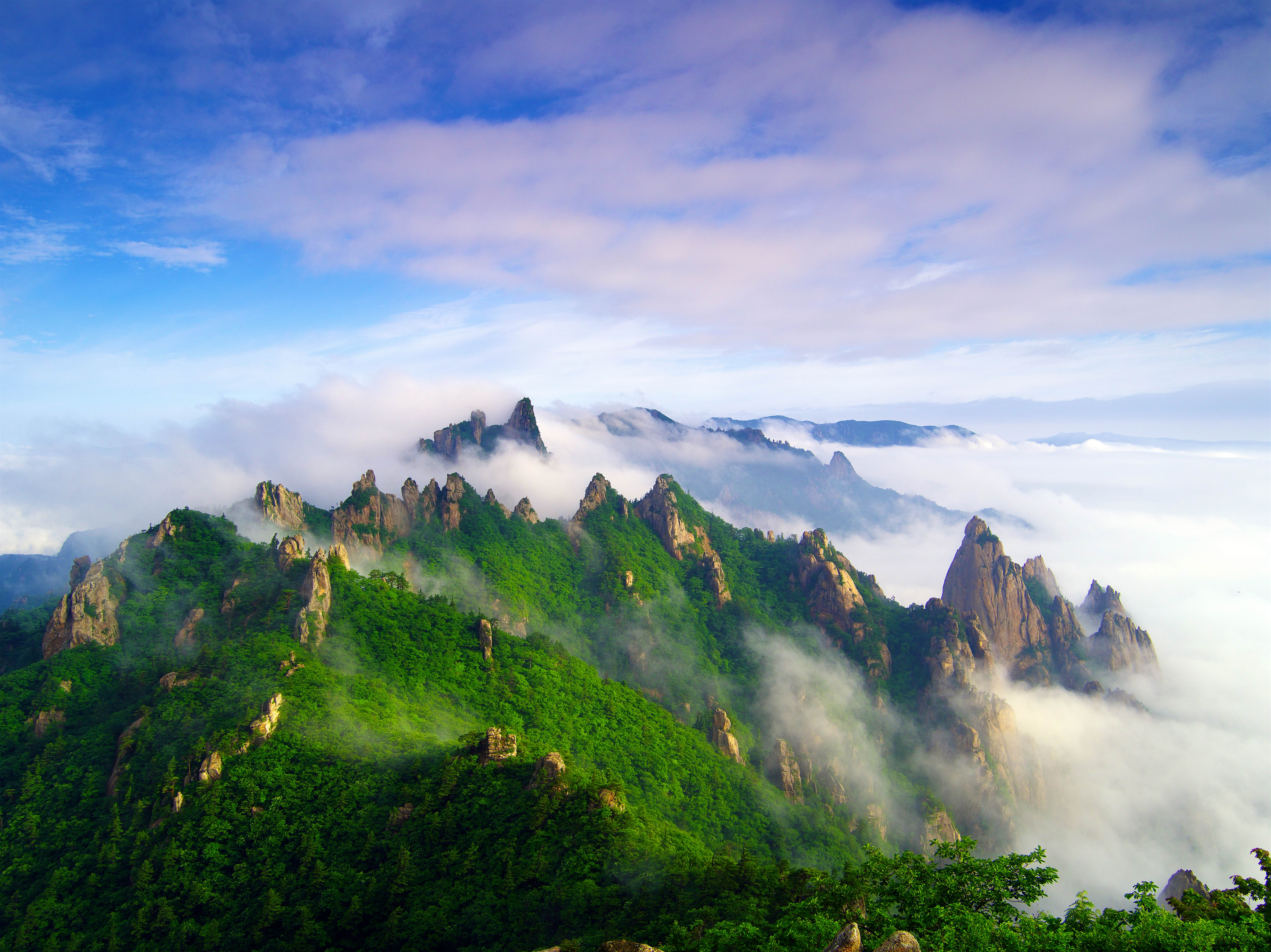
9. Seoraksan National Park: A Tentative World Heritage Site
Seoraksan National Park is a national park in South Korea. It listed by the South Korean government with UNESCO as a tentative World Heritage site. The government designated the area as a nature reserve in 1965 and UNESCO designated it as a biosphere reserve in 1982. It was also the first Korean national park to be named under the National Park Law in 1970. Located on the east-central Korean peninsula, the reserve includes the Dinosaur Ridge, Injegun, Yanyanggun, and Sokchosi. It is popular with tourists and nature enthusiasts. It is home to many rare taxa of flora and fauna. The reserve has an area of 163.6 square kilometres (63.2 sq mi) and includes many mountain peaks measuring over 1,200 metres above sea level, the tallest being Daecheongbong, at an altitude of 1,708 metres (5,604 ft). The ranges are composed largely of dissected granite and gneiss. The annual precipitation is about 1,000 mm (39 inches) in Inner Soraksan and 1,300 mm (51 inches) in Outer Soraksan.

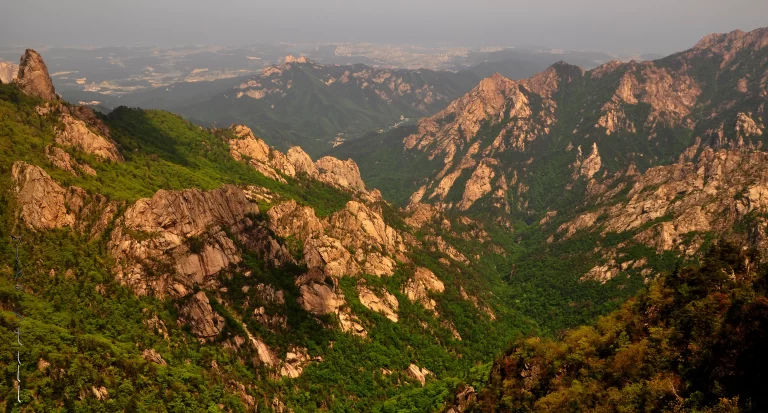
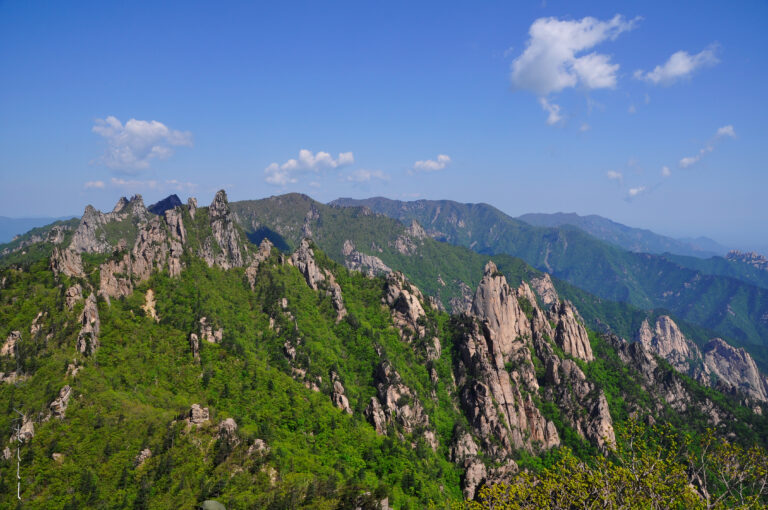
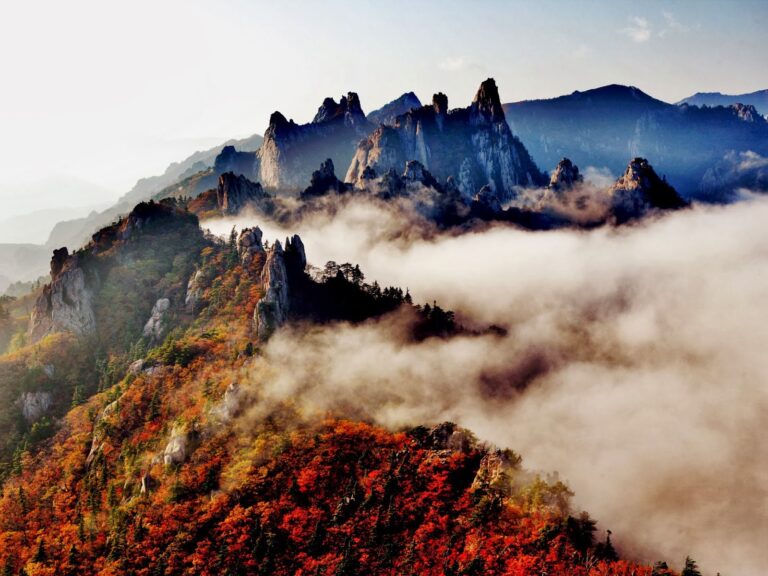
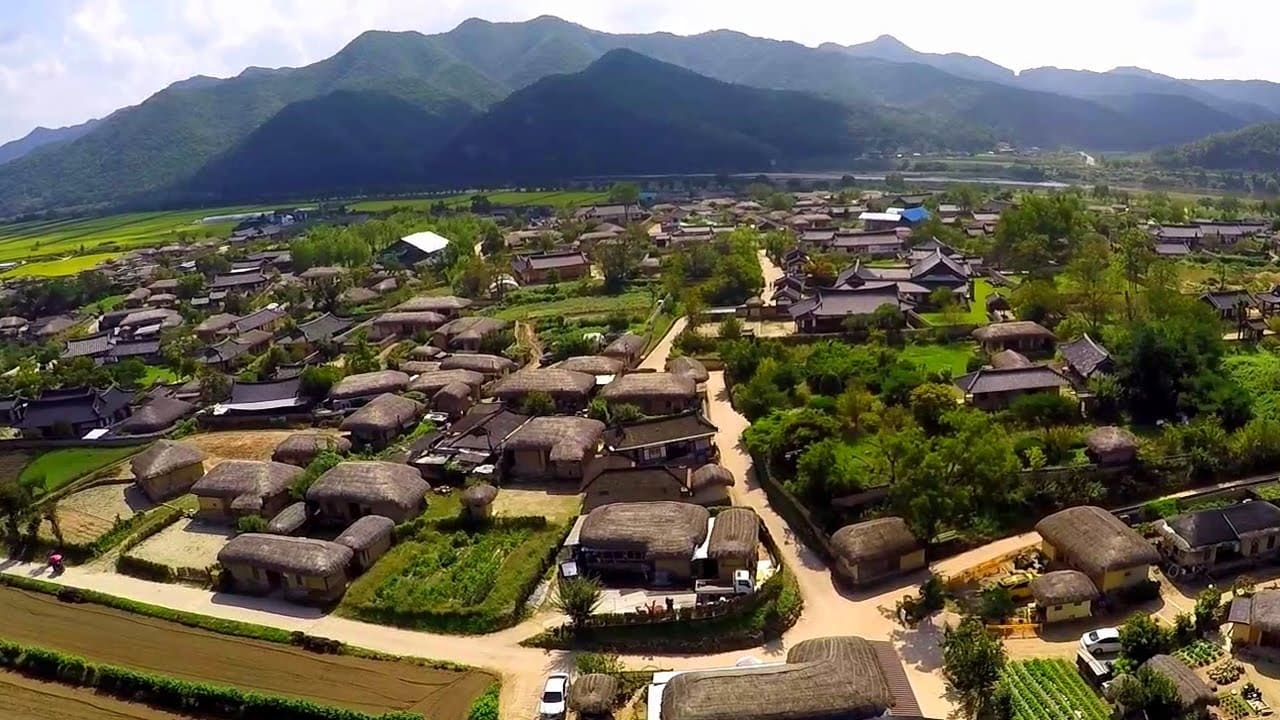
10. Andong Hahoe Folk Village: Travel Back In Time
The Hahoe Folk Village (Korean: 안동하회마을) is a traditional village from the Joseon Dynasty, located in Andong, Gyeongsangbuk-do, South Korea. The 'Ha' is short for river and 'hoe' means to 'turn around, return, come back. The village is a valuable part of Korean culture because it preserves Joseon period-style architecture, folk traditions, valuable books, and an old tradition of clan-based villages. It is listed by the South Korean government with UNESCO as a World Heritage Site with Yangdong Folk Village in 2010 and attract around 1 million visitors every year.
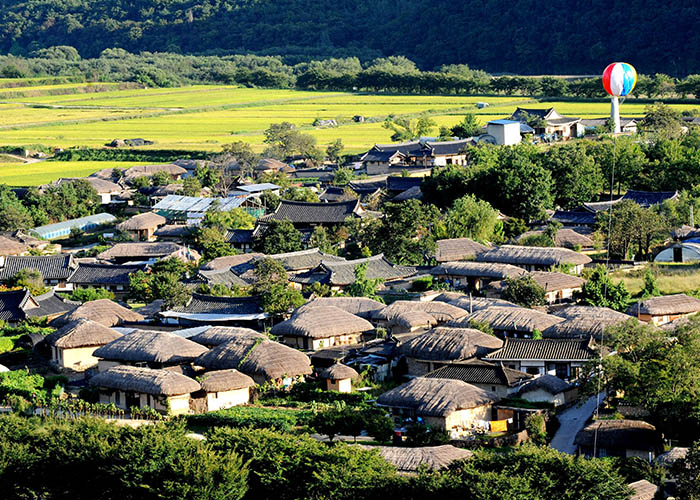
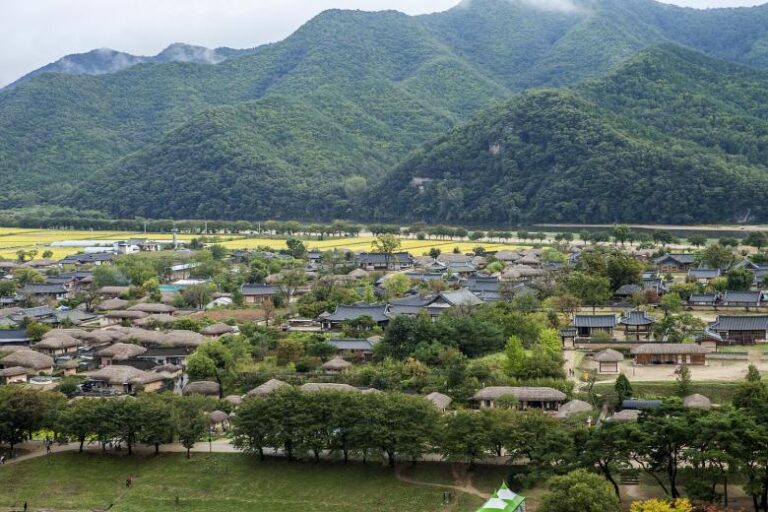
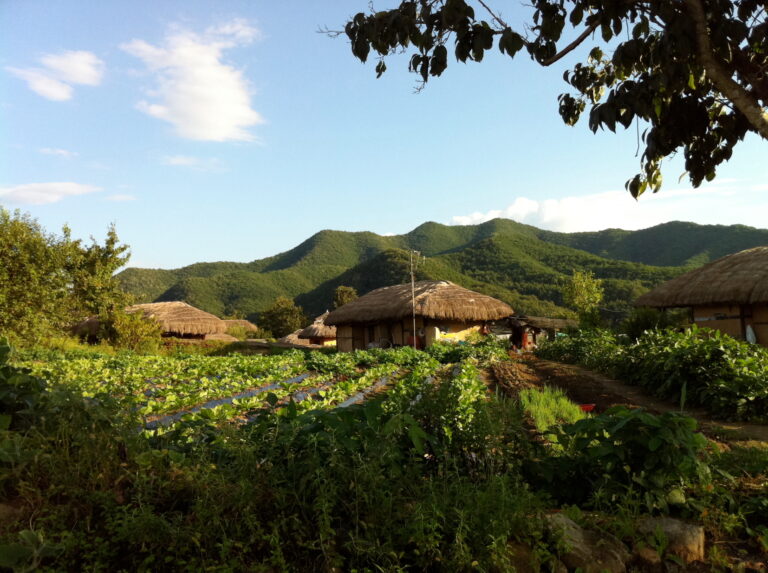


11. Upo Marsh: The Largest Inland Wetland In Korea
Upo Wetland is a complex of natural wetlands located in Changnyeong County, South Korea, near the Nakdong River. It is located in portions of Yueo-myeon, Ibang-myeon and Daehap-myeon. It derives its name from the largest of the wetlands, Upo. Other wetlands in the complex include Mokpo, Sajipo and Jjokjibeol wetlands. The complex as a whole covers 2.13 km2, and is the largest inland wetland in South Korea today. It is one of eight Ramsar wetlands in the country and one of the official visiting sites for the 10th Meeting of the Conference of the Contracting Parties that was held in Changwon, Korea in October, 2008.

12. Juknokwon: The Slow City
xplore South Kore and enjoy the slow pace life. Also known as the ‘slow city’, Damyang offers a variety of tourist attractions, out of which, Juknokwon cannot be missed for sure. The thick bamboo land that has 8 different trails has 8 unique themes that you can walk through. If you look close enough, you can spot some green tea shoots growing from the dew that falls off the bamboo leaves, known as Jukro tea.
13. Boseong Green Tea Field: A Stunning Scenery
With a major 40 % of the total tea produced in Korea being produced at these famous fields, this place is nothing less than a scenic beauty in itself which is also used as a backdrop of many Korean movies and drama shows. If you’re planning to visit this place in May, make sure you don’t miss out on the grand Green-tea festival or click a picture of the stunning scenery as this place is well lit by light bulbs during winter season which is the best time to explore South Korea. This field is amongst the best places to visit in South Korea during summer!

14. Seongsan Sunrise Peak: For Gorgeous Sunset Views
Seongsan Ilchulbong, also called ‘Sunrise Peak’, is an archetypal tuff cone formed by hydrovolcanic eruptions upon a shallow seabed about 5 thousand years ago. Situated on the eastern seaboard of Jeju Island and said to resemble a gigantic ancient castle, this tuff cone is 182 meters high, has a preserved bowl-like crater and also displays diverse inner structures resulting from the sea cliff. These features are considered to be of geologic worth, providing information on eruptive and depositional processes of hydromagmatic volcanoes worldwide as well as past volcanic activity of Seongsan Ilchulbong itself.

15. Ggotji Beach: Something For Beach Lovers
For those who live for beautiful sunsets should not miss this place on Jeju Island, one of the best South Korea destinations. The white sandy beach is a delight to the beach babies. The sunset here is nothing like you have seen before. You will find two large rock formations on the beach that are known as Granny and Grandpa Rocks. There is an interesting story behind the names too. According to the legends, the wife of a commander from the Shilla Dynasty became a rock waiting faithfully for her husband. When the sun sinks between the two rocks, it looks so magnificent and the sky lights up in tangerine color.

16. Darangee Village: A Quaint And Photogenic Village
If you want to explore the village life of South Korea, then you should visit Darangee which is a well-preserved village. The tiny step fields look so photogenic. This is your shot of experiencing a traditional Korean life while backpacking in South Korea. It is amazing to see how a country like such can have two opposite sides; one completely modern and another so bucolic.

17. Jeungdo Salt Farm: A Treasure Island
You have seen nothing like the soft beach and salt farms in Jeungdo. This is a treasure island not only because of all the salt produced but also the artifacts from the Song Dynasty found at the bottom of the ocean. The marine life that you will find in the mudflat town will amaze you. It is one of the best places to see in South Korea.
18. Haeinsa Temple: World’s Oldest Intact Buddhist Canon
Haeinsa (해인사, 海印寺: Temple of the Ocean Mudra) is a head temple of the Jogye Order (대한불교조계종, 大韓佛敎 曹溪宗) of Korean Seon Buddhism in Gayasan National Park (가야산, 伽倻山), South Gyeongsang Province, South Korea. Haeinsa is most notable for being the home of the Tripitaka Koreana, the whole of the Buddhist Scriptures carved onto 81,350 wooden printing blocks, which it has housed since 1398.[1] Haeinsa is one of the Three Jewels Temples, and represents Dharma or the Buddha’s teachings. It is still an active Seon (선, 禪) practice center in modern times, and was the home temple of the influential Seon master Seongcheol (성철, 性徹), who died in 1993.

19. Chunwang Peak: The Second Highest Peak In South Korea
Chunwang Peak, Jiri Mountain At 1,915 meters, Chunwang Peak on Jiri Mountain is the second highest peak in South Korea and the beloved conquest of many a Korean mountain climber. The national park on Jiri Mountain stretches over five cities and three provinces, and is home to quietly dazzling flora and fauna as well as seven national treasures and 26 treasures.

20. Naganeupseong Folk Village: An Appealing Little Village
Naganeupseong Folk Village (Korean: 낙안읍성; Hanja: 樂安邑城) is a Korean historic village located in Nagan-myeon, Suncheon, South Jeolla, South Korea.[1] This well-preserved walled town served as an administrative core for the county during the Joseon Dynasty and it is designated as historical site N0. 302.[2] Naganeupseong is a former administrative town and consist of three neighborhoods located inside the fortress walls, on a level fiel surrounded by mountains. It has preserved traditional elements such as a fortress, government buildings and a cluster of private houses. The hanok style houses are distinguished from other historic villages because of their straw roofs, clay rooms and Korean-style verandas.[3][4] This difference is rooted in the fact that the town of Nagan was mainly inhabited by common people and not aristocrats.


